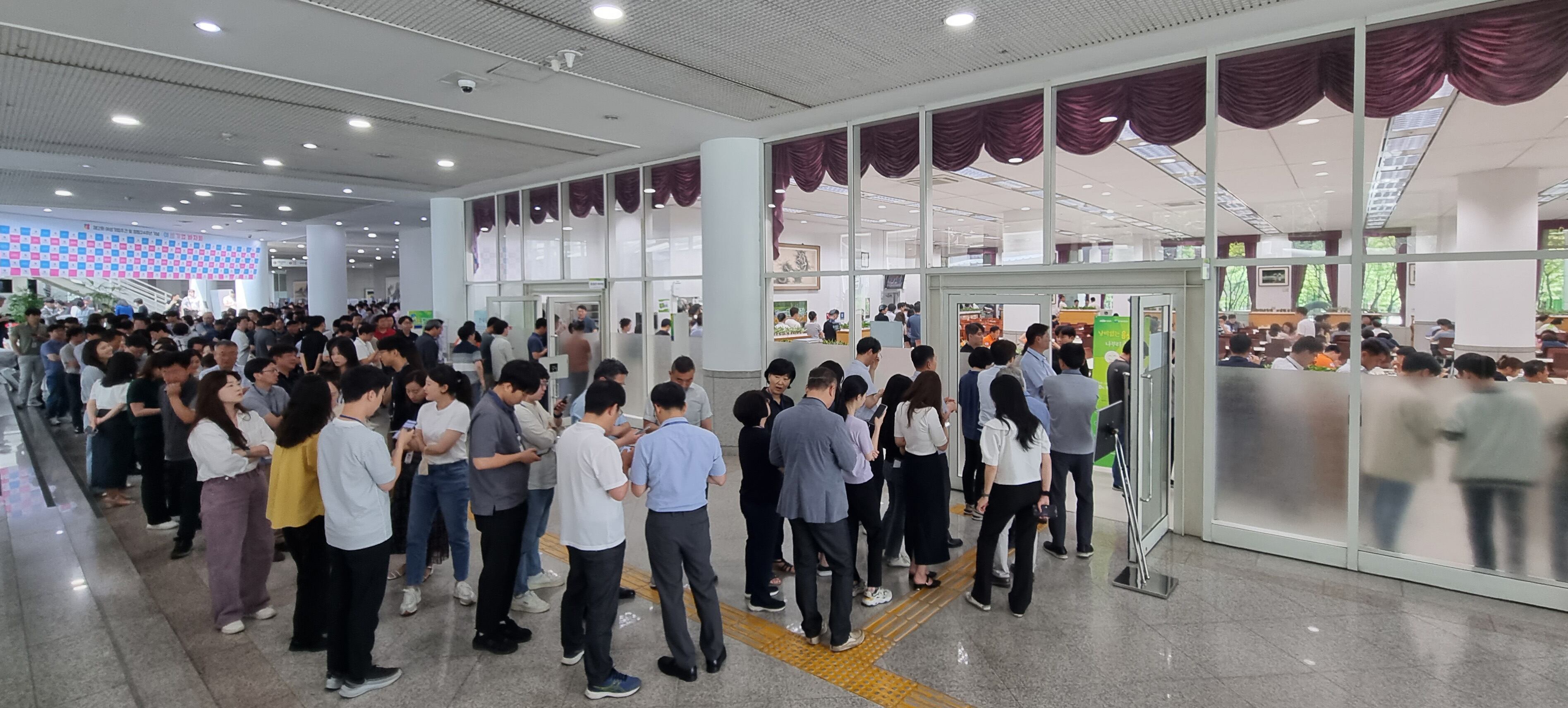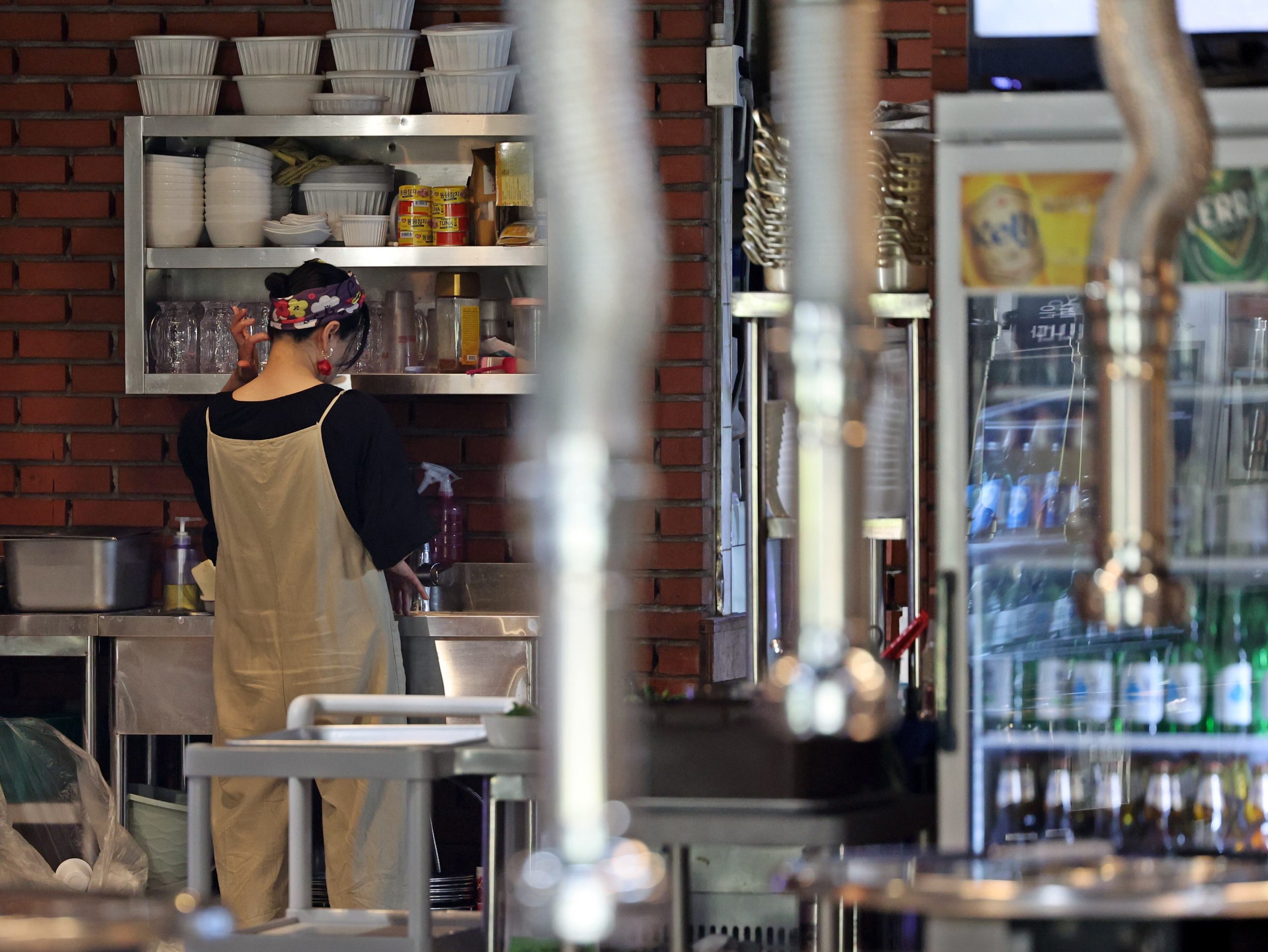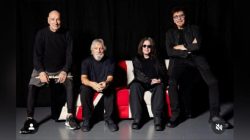At 6 p.m. on a recent evening, the basement cafeteria of the Korea Chamber of Commerce and Industry in central Seoul was strikingly quiet. Once packed with office workers grabbing a quick meal before heading home, the dining hall now sat nearly empty—rows of vacant tables stretching into silence.
That evening’s menu—bibimbap, marinated pepper leaves, cubed radish kimchi, and a hot dog—was modestly priced at 5,000 won, more than 2,000 won cheaper than the lunch offering. But there were few takers.
“The after-work crowd has vanished,” said Kim, 58, who runs the cafeteria. “Even as everything gets more expensive, I’ve kept dinner prices down. There’s almost no profit. But I’m holding on, hoping just one more customer shows up.”
Across South Korea, restaurants are upending conventional pricing logic, offering dinner at lower prices than lunch. It’s a desperate response to a prolonged economic downturn, marked by persistent inflation, soaring interest rates, and dwindling consumer confidence.
Traditionally, dinner commands a premium. But now, even as ingredient and labor costs climb, many restaurants are freezing or cutting dinner prices, prioritizing foot traffic over margins. The trend points to a deeper behavioral shift: fewer people are dining out after dark.
For years, corporate culture in South Korea leaned heavily on after-hours socializing—team dinners, client drinks, spontaneous late-night meals. But those rituals are fading fast. Companies are tightening budgets, and employees are growing weary of long nights out. The result: restaurants scrambling to lure back the evening crowd.
Some of the most vivid examples come from high-end hotels. At 135 Kitchen & Bar in Seoul’s Koreana Hotel, lunch costs 65,000 won; dinner, just 55,000. And dinner comes with unlimited house wine. At the JW Marriott’s Island Kitchen in Jeju, the lunch buffet is 170,000 won—50,000 more than dinner. Even casual venues are getting creative. At a Shilla Stay lounge in Gwanghwamun, 10,000 won buys guests unlimited draft beer with dinner.
Institutional cafeterias are no exception. At the Korea Chamber of Commerce, lunch costs 7,200 won; dinner remains at 5,000. At the Busan Visual Industry Center, the gap is similar. “We serve about 300 people at lunch,” said Ahn, 45, the center’s nutritionist. “Dinner only draws 40 or 50. We even added a self-serve ramen station to bring more people in.”
Some restaurants, seeing little hope, have opted out of dinner entirely. A traditional Korean eatery in Seoul’s Jongno District now closes after lunch unless a dinner reservation is made in advance. “We barely make 100,000 won during dinner,” the owner said. “After paying staff and covering food costs, it’s a loss. It’s just more efficient to focus on lunch.”
One soft tofu stew restaurant in Seodaemun has held its 5,000-won dinner price steady since 2022. But the lunch menu has gone from 6,500 to 8,000 won.
As margins thin, the toll is mounting. Government data shows the restaurant closure rate has climbed steadily—8.3% in 2021, 8.7% in 2022, 9.8% in 2023, and 10.4% in 2024. That’s nearing the level seen during South Korea’s 2005 credit card crisis. Sejong City, home to many government employees, posted the highest rate at 14.6%, with Seoul close behind at 13%.

This exodus from evening dining is mirrored in the convenience store boom. “I eat lunch in the office cafeteria and grab a bento box or salad for dinner,” said Choi Ji-won, 32, an office worker in Seoul’s Mapo District. “A boxed meal and a can of beer are cheaper and easier than spending 20,000 won on fried chicken.”
Data backs it up. Sales of ready-to-eat meals like ramen and lunchboxes at convenience stores rose 17.6% in the first half of 2024 compared to two years earlier, according to a report by the Korea Chamber of Commerce.
“Office workers are still eating out at lunch,” said Lee Young-ae, a professor at Incheon National University. “But dinner is being replaced with convenience meals. The dining industry now faces a stark choice: compete aggressively for lunch, or find new ways to revive the evening crowd.”







